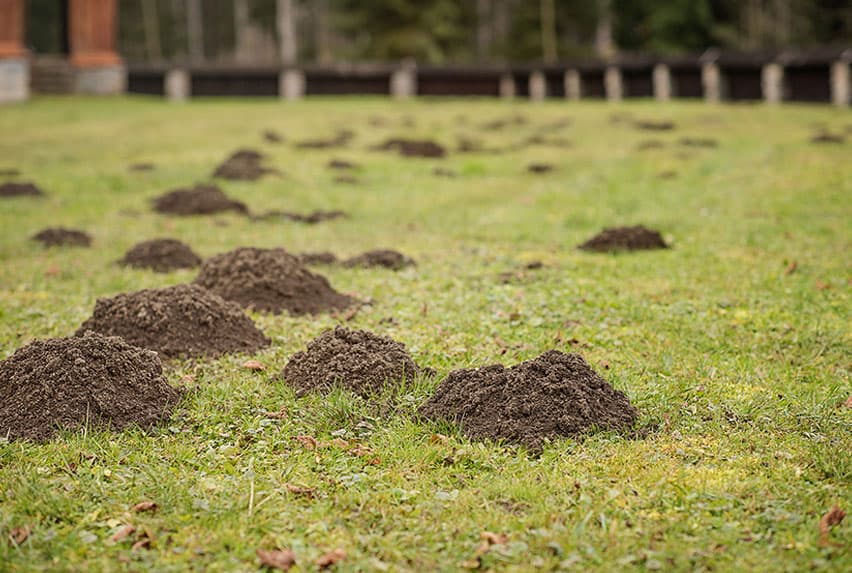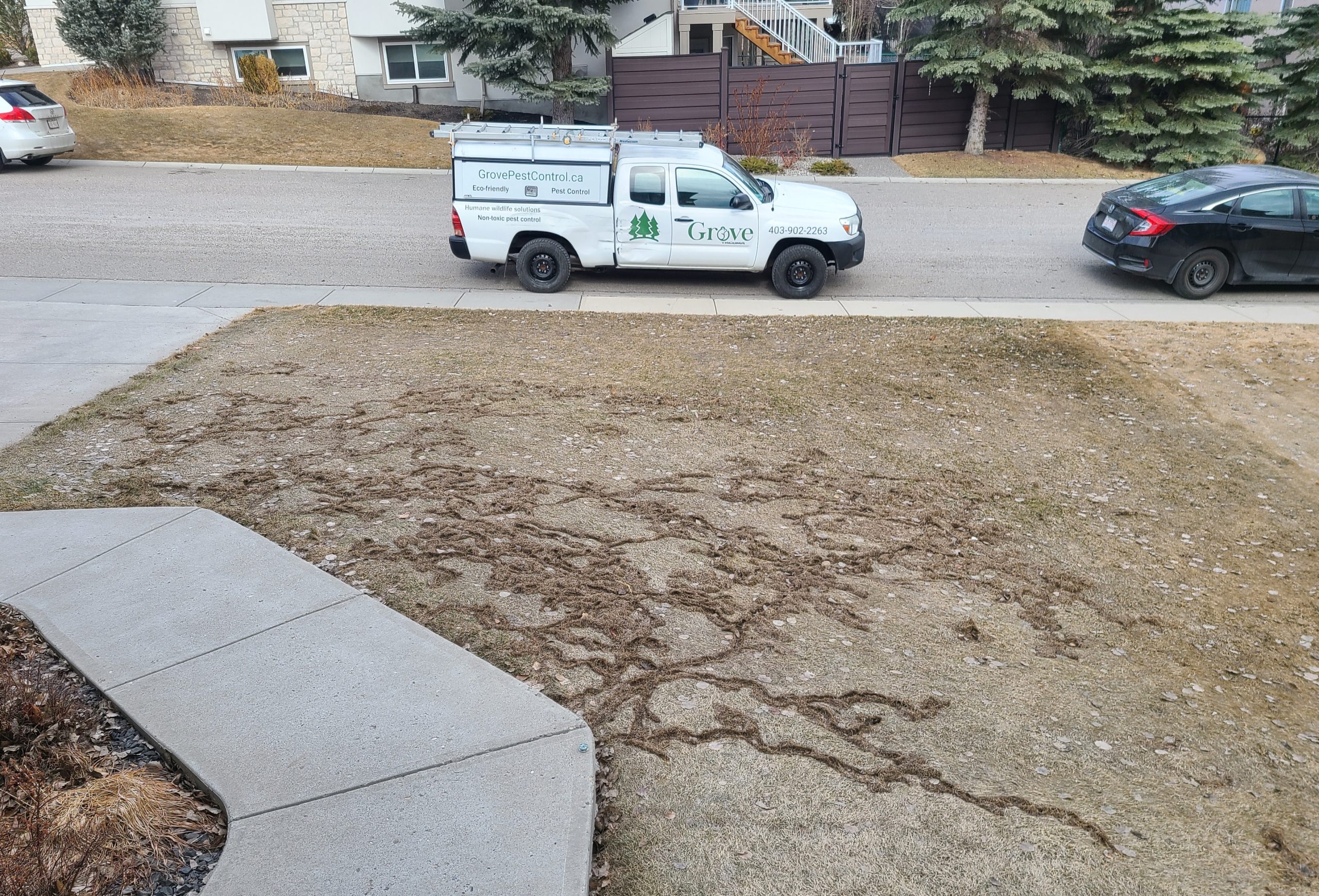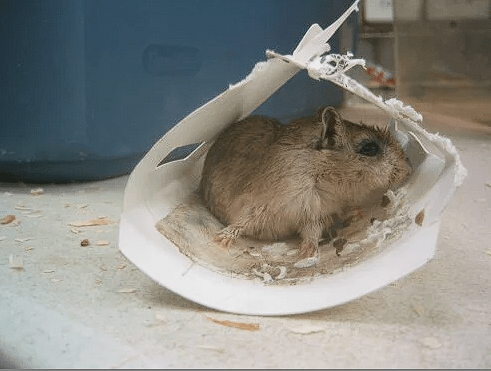DIY Pocket Gophers (What’s a Mole??)
Those dirt mounds just keep popping up! One after another, a new one almost every day.

What can you do?
The creatures never poke their heads above ground. What the heck do they even look like??
And where are their holes?
How can you trap that which can’t be seen? This is going to be tough!
If you’re in Alberta, you’re dealing with pocket gophers. We don’t have moles here! If you haven’t already, check out the Grove Eco-friendly Pest Control website for more info on the lifecycle and behaviour of pocket gophers by clicking here.
Because pocket gophers live their entire lives underground, we need special traps that fit directly into their underground tunnels. A regular cage trap won’t work here, nor will a rat snap trap. There are a couple good options for pocket gopher traps, but I recommend the Victor Black Box Snap Trap. This trap is very safe for non-target animals and children, and keeps the pocket gopher hidden after it is trapped.
Then, you will need some type of firm rod or stick, about one and a half or two feet long. This is used to find the hole and tunnel. I use a metal rod, but you could use a firm branch or an old broom handle or anything really!
Which mound should I set my trap in?
Find the freshest, most recent mound to set your trap. This is where the pocket gopher is most likely to be hanging out. To determine which mound is most recent, check the soil. Cracked, dry soil with weeds poking through signifies an old mound. Freshly turned soil is still moist, and will be free from any grass or weeds poking out through it. Another way to determine this is to rake out all of the mounds and wait a day to see where the newest mounds are forming.
Alright, but where is the hole?
To find the hole, use your rod to poke around the mound at the inside of the crescent shape. If it is a fresh mound, you can usually see the circle of soil within the larger crescent, if you can’t see that, just poke around until you feel your rod go in easily.
Once you find the hole, keep poking around and moving the rod until you can fit almost the entire rod into the hole. Then you know you have found the tunnel, not just the entrance.
How do I set a pocket gopher trap?
Remove the soil from the entrance of the tunnel. Clear away all of the soil and make a hole big enough for your trap to fit all the way into. The trap should point in the same direction and at the same angle as the tunnel. This makes it more likely the gopher will enter without hesitation. Insert the trap into the gopher hole.
Lightly place soil over the entire trap, making sure not to cave in the tunnel, and also making sure not to cover the hole in the end of the trap. Only the hole at the end of the trap should be poking out of the soil. No other air gaps should be visible!
Now you can set the trap. Push down on the trap bar and place the hold-down bar across it and lock it under the trigger bar. See the instructions of your trap if this doesn’t make any sense!
That’s it! Your trap is set and ready to catch a pocket gopher. It may be a good idea to mark the location of your trap with a flag or stick, especially if you are setting many traps.
How long does it take to catch a pocket gopher?
You may catch a gopher within an hour, or it may take a day or two. If you haven’t caught anything after a couple of days of dry weather, you probably set the trap in a bad tunnel or the gopher may have moved on. If you are seeing new mounds forming, reset your trap in the freshest mound available.
If you are still struggling to catch the intruding gopher, or you just don’t have time to do all that work, give Grove Eco-friendly Pest Control a call and have us do the dirty work for you!



